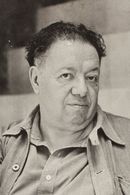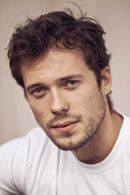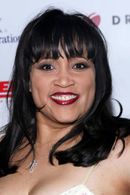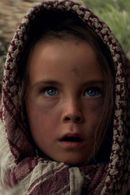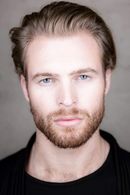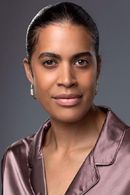Diego Rivera was a multifaceted individual, whose life and work were marked by a complex blend of artistic and political passions. Born on December 8, 1886, in Guanajuato, Mexico, Rivera was the son of Maria del Pilar Barrientos and Diego de la Rivera y Acosta. His twin brother, Carlos, died in infancy, and Rivera was raised as the only child. His father, a municipal counselor, was a man of liberal views and arranged an art studio for young Rivera by covering the walls of his room with drawing paper, encouraging him to paint from the age of three.
Rivera's early life was marked by a strong influence from his mother, an obstetrician and a very religious Catholic, and his Indian nanny, Antonia, who was an inspiration for many of his paintings and nurtured his love for the indigenous culture. In 1892, the family moved to Mexico City, where Rivera's father worked for the Mexican government. Young Rivera studied at the Academia de San Carlos in Mexico City from 1898-1905 and exhibited 26 works at San Carlos Academy in 1906.
In 1907, Rivera lived in Europe for 14 years, studying in Madrid and Paris, where he became involved in the Parisian cultural milieu and developed friendships with influential artists such as Guillaume Apollinaire, Robert Delaunay, Pablo Picasso, Georges Braque, and Henri Matisse. He was involved with the Montparnasse artists' community, known as La Rouche (The Beehive),and his artistic influences after El Greco were his wife, Russian sculptor Angelina Beloff, and artists Paul Cezanne and Pablo Picasso.
Rivera met Beloff, a Russian artist trained in St. Petersburg, Russia, in 1909 at the Brussels trade fair, and they married in Paris in 1911. They had a son in 1917, but he died during the worldwide influenza pandemic of 1918. Beloff was the one who saved Rivera from trouble several times while he was out of control and violent. However, Rivera's actions resulted in his destroying his own reputation among the artists of Paris.
In 1919, Rivera met David Alfaro Siqueiros in Paris, and they were both impressed with the Mexican revolution of 1914 and the Russian revolution of 1917. The two discussed the development of new monumental art that would reflect Mexico's political and cultural transformation. They created the new iconography that represented complex social and historic context, introducing national themes, political events, religious motifs, and a pre-Hispanic history in their large-scale murals.
Back in Mexico, Rivera joined the Communist Party in 1922 and co-founded the "Syndicato" with Siqueiros, a union of workers, artists, and sculptors. From 1922 to 1926, Rivera worked on 124 frescoes on the courtyard walls of the Ministry of Public Education, which marked the revival of mural painting and made him famous in the Western world. At that time, Rivera was married to Guadalupe Marin, and they had two children.
In 1927, Rivera traveled with a delegation from the Mexican Communist Party to the Soviet Union, where he took part in the 10th Anniversary of the Russian Revolution and attended a massive reception party in Moscow, hosted by Joseph Stalin. Rivera had discussions with Soviet cultural authorities, which led to provocative debates. He signed risky political statements and sided with the Trotskyite faction of Soviet communism, led by Lev Trotskiy, which caused his expulsion from the USSR.
Back in Mexico, in 1928, Rivera met artist Frida Kahlo, and they married in 1929. Rivera was appointed the head of the Department of Plastic Crafts at the Ministry of Education in 1929. He lived and in worked the US during the 1930s, creating murals in New York and Detroit, including his famous mural at the American Stock Exchange Luncheon Club and the frescoes in the garden court of the Detroit Institute of Arts.
Rivera was instrumental in obtaining political asylum in Mexico for Trotsky, who had been exiled by Soviet dictator Stalin. Rivera was initially approached by his political friend, Alberto J. Pani, who petitioned for Trotsky. When the moment was right, Rivera sought out Mexican President Lazaro Cardenas, who agreed to grant Trotsky political refuge.
Rivera's personal and political life was marked by controversy and turmoil. He was married three times, to Angelina Beloff, Guadalupe Marin, and Emma Hurtado. He had affairs with other women, including Russian artist Maria (Marevna) Vorobieff-Stebelska, with whom he had a daughter, Marika Rivera. Rivera's relationships with his wives and mistresses were often marked by violence and infidelity.
Rivera's later life was marked by a series of personal and political conflicts. He discovered that Frida and Trotsky were having an affair at
